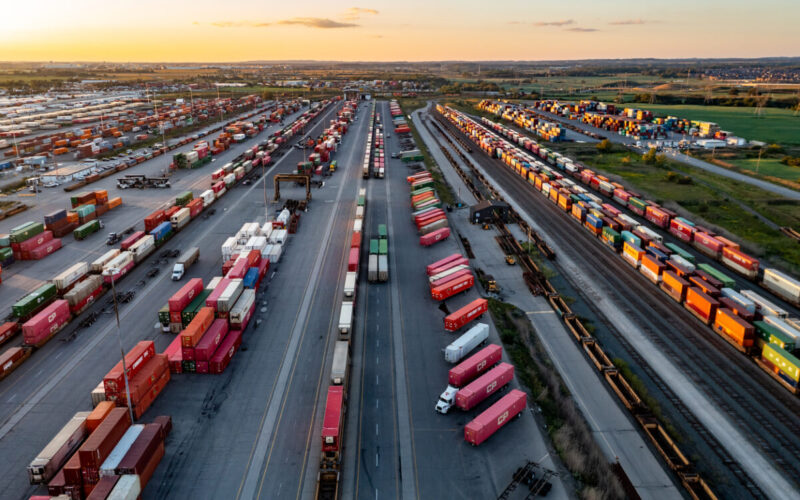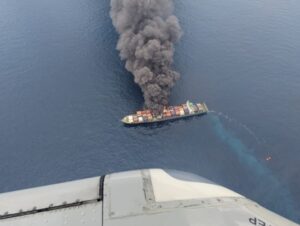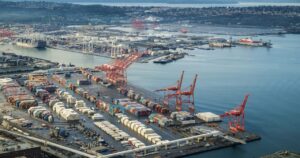Mike Garratt, Chair of MDS Transmodal (MDST), highlights the UK’s reliance on rail and water transport for containers.
Garratt delivered an insightful panel at this year’s UK Ports Conference, held on 22 May and hosted by the Waterfront Conference Company at the Royal National Hotel in London.
In his ‘Responding to evolving supply chain requirements’ section, Garratt discussed the relationship between intermodal and the marine industry in Britain, as well as its alignment with policy and warehousing developments.
As Garratt explained, Britain is confined to containers transported by rail or water, both multimodal and domestically. Containers thus provide the best hope for non-road modes that offer a path to decarbonisation.
READ: cargo-partner unveils Europe-Asia intermodal route
In December 2023, the UK government announced a target of 75 per cent growth in rail freight tonne/km by 2050, a number that emerged from detailed modelling for which MDST was responsible.
Garratt noted that reaching such a target will depend upon several conditions being met.
Some of these conditions include a steady decrease in rail costs against road costs as a result of trends in energy and labour costs, a growth in the share of the economy that is ‘international’, and ports that are typically rail-linked.
Additional prerequisites include appropriate network capacity to support growth, the expansion of rail-linked distribution parks, and a 2 per cent annual rise in port traffic.
According to Garratt, the number of Lift On, Lift Off (LoLo) TEU passing through GB ports between 2017 and 2022 fell from 10 million to 9.4 million. MDST anticipates that the UK will have 56.9 million square metres of large warehouses in Q1 2024, with stock growing by 21 per cent over the preceding six years.
READ: SC Ports witnesses intermodal cargo growth in 2023
Garratt also identified areas of growth for intermodal connectivity within ports: “Ports already have the advantage of rail connectivity. 87 per cent of all intermodal rail traffic is port-based but not entirely deep sea.
“A high proportion of the UK population (consumers) are in coastal areas while the DCs are in the geographical centre. Ports offer the opportunity to aggregate across lines to create trainload quantities.”








